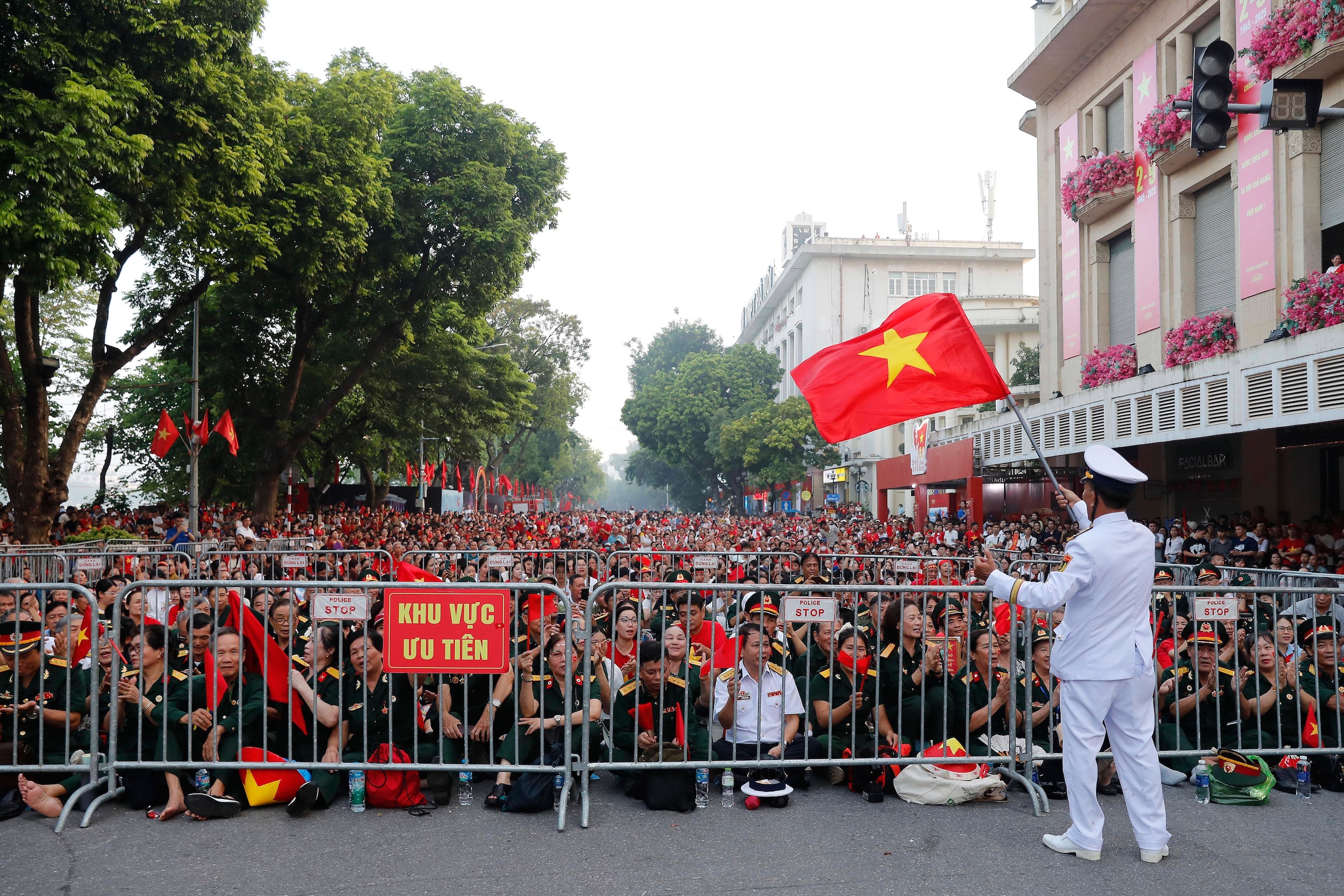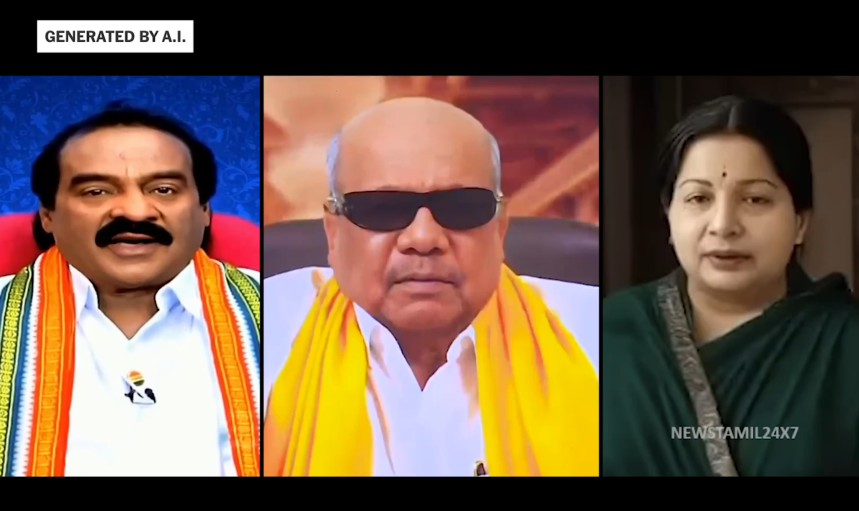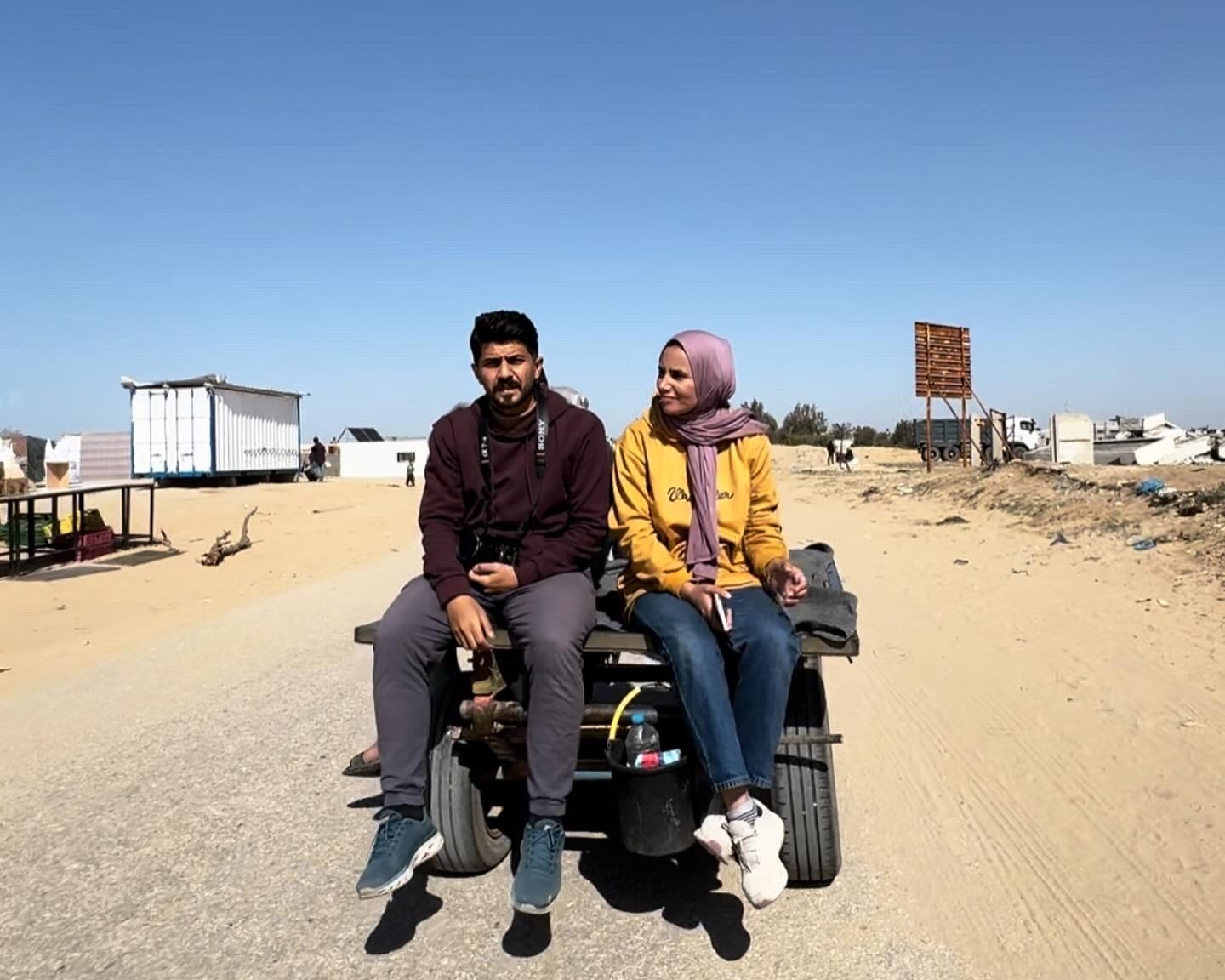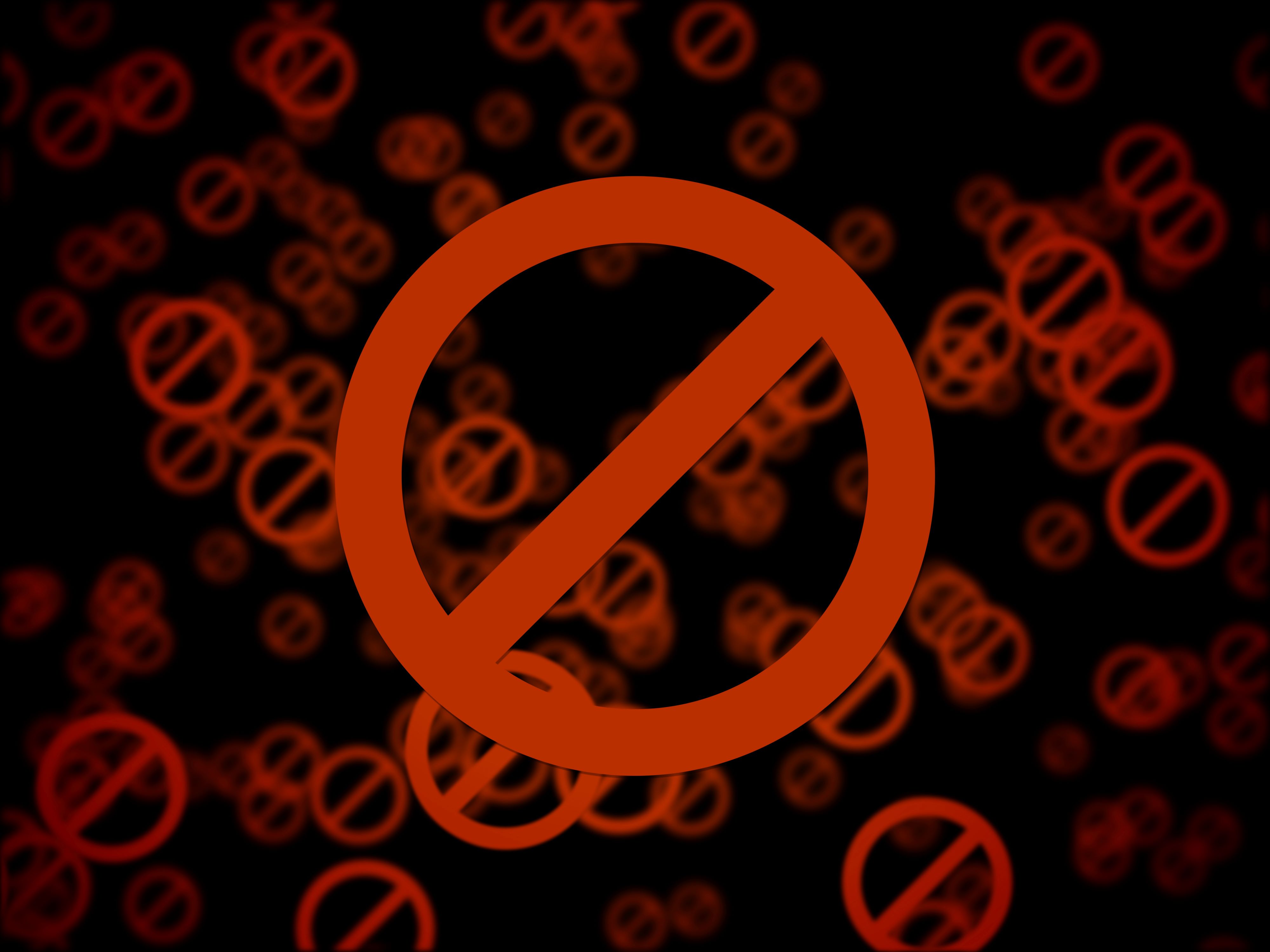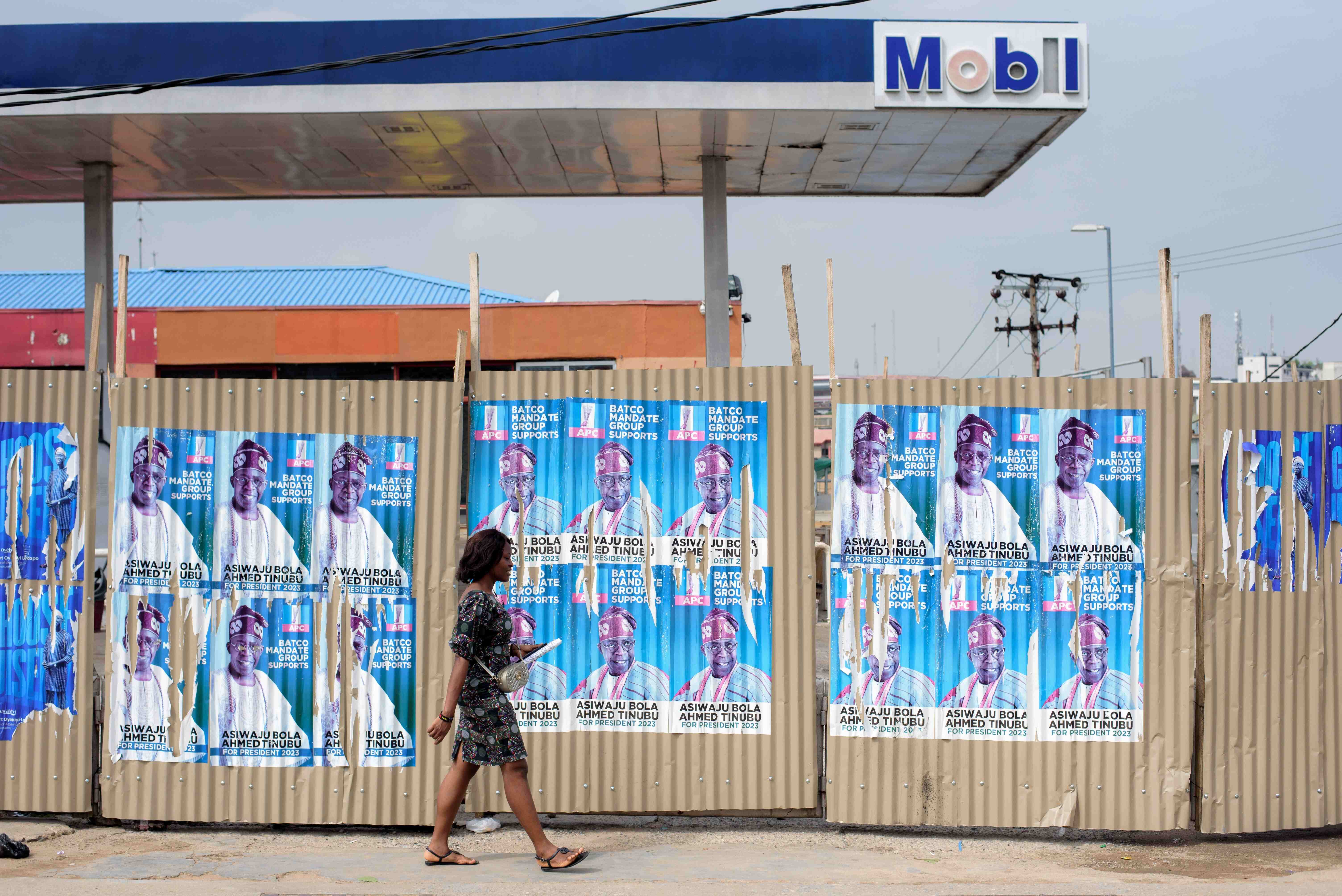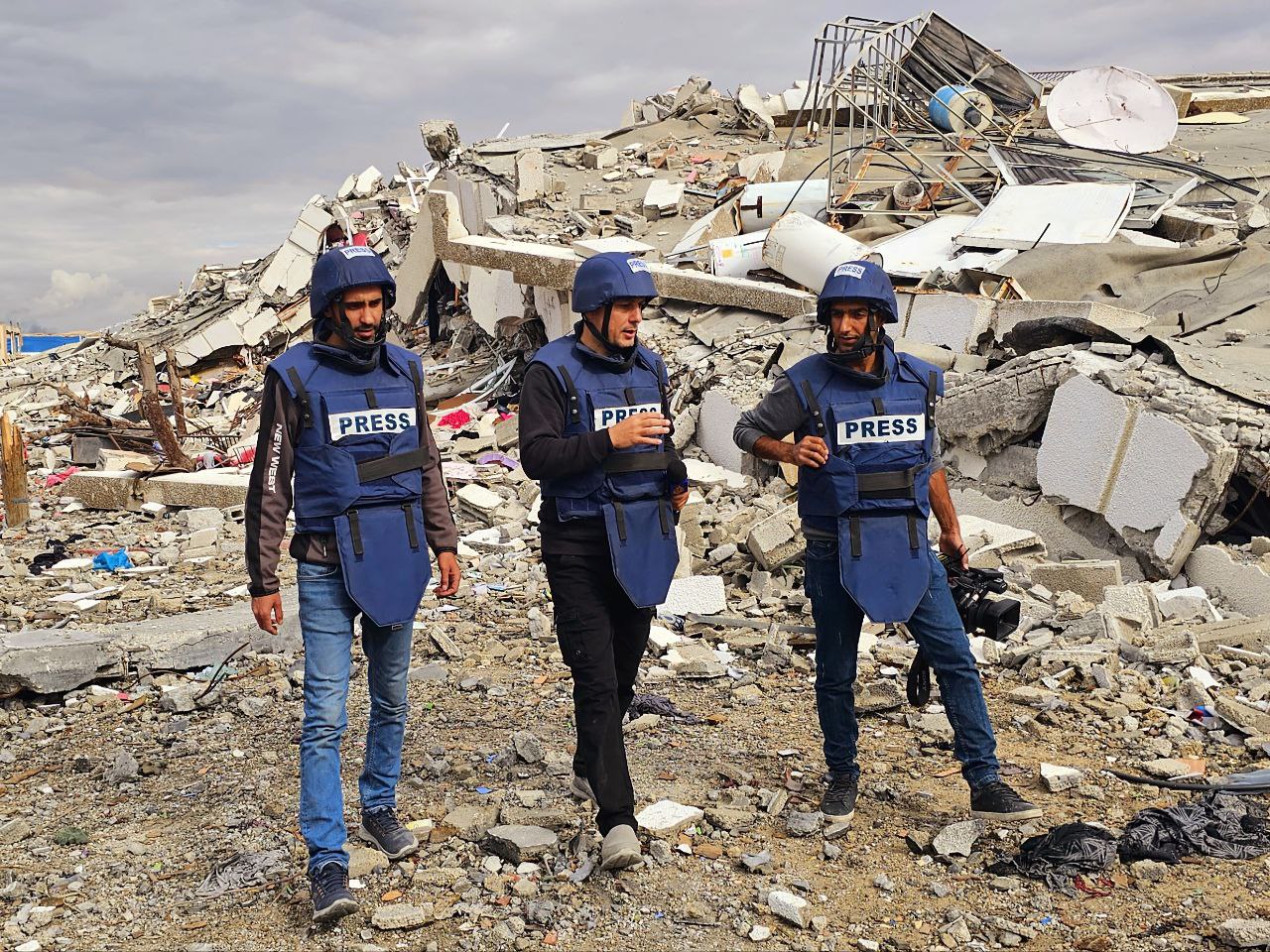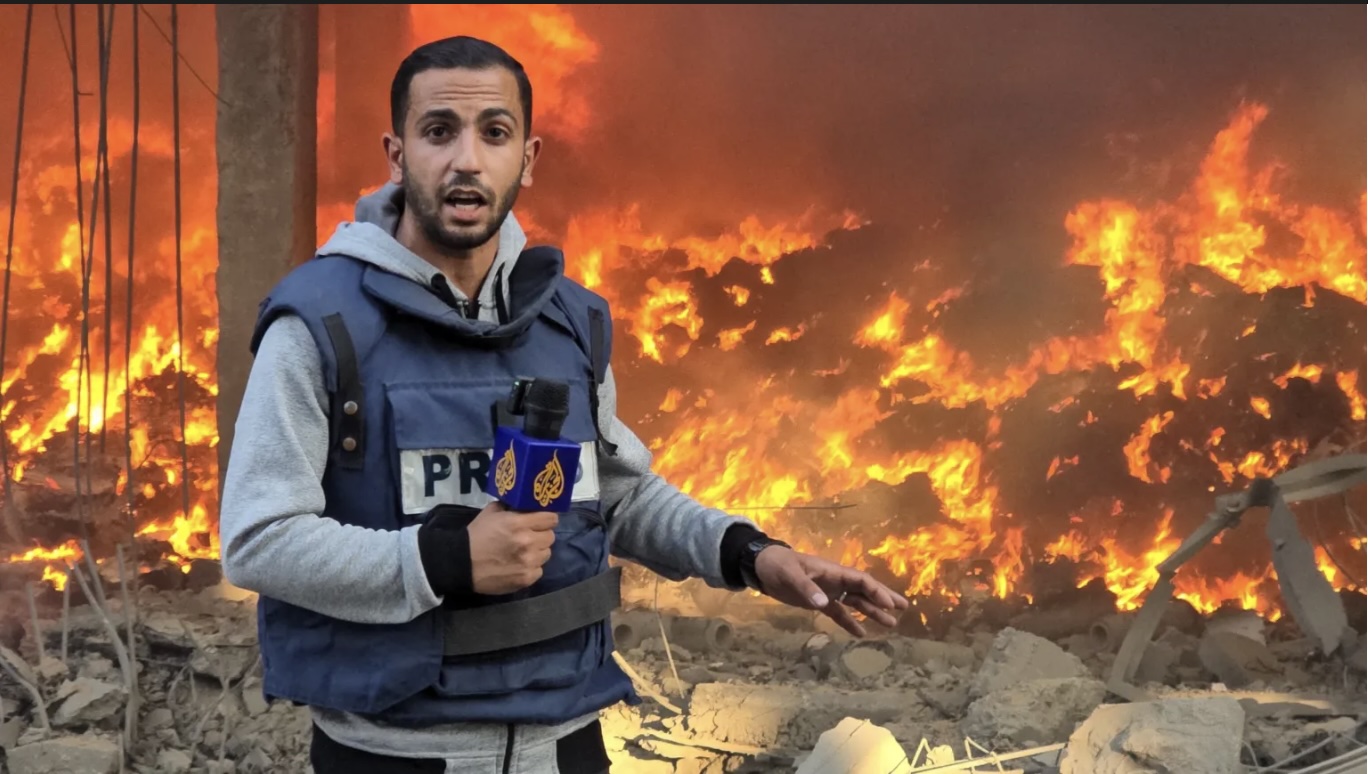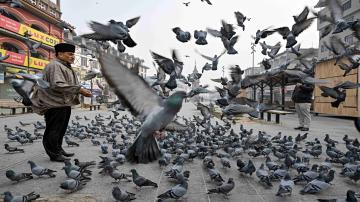Al Jazeera Journalism Review

Inside Vietnam’s Disinformation Machine and the Journalists Exposing It from Exile
Vietnam’s tightly controlled media environment relies on narrative distortion, selective omission, and propaganda to manage politically sensitive news. Exiled journalists and overseas outlets have become essential in exposing these practices, documenting forced confessions and smear campaigns, and preserving access to information that would otherwise remain hidden.
Latest Articles
How AI Synthesised Media Shapes Voter Perception: India's Case in Point
The recent Indian elections witnessed the unprecedented use of generative AI, leading to a surge in misinformation and deepfakes. Political parties leveraged AI to create digital avatars of deceased leaders, Bollywood actors

The Rise of Podcasting: How Digital Audio Is Revolutionising Journalism
In this age of digital transformation and media convergence, podcasts stand out as a testament to the enduring power of journalism—a medium that transcends borders, sparks conversations, and brings the world closer together.

Covering the War on Gaza: As a Journalist, Mother, and Displaced Person
What takes precedence: feeding a hungry child or providing professional coverage of a genocidal war? Journalist Marah Al Wadiya shares her story of balancing motherhood, displacement, psychological turmoil, and the relentless struggle to find safety in an unsafe region.
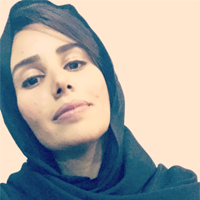
A Report on Systematic Retaliation Against Journalists Criticizing the War on Gaza
A report from the National Writers Union details incidents and testimonies about approximately 100 journalists who faced retaliatory actions from their institutions due to their positions on the ongoing Israeli war on Gaza and their public criticism of the mainstream Western media's failure to adequately cover this war.

Fighting Misinformation and Disinformation to Foster Social Governance in Africa
Experts in Africa are using various digital media tools to raise awareness and combat the increasing usage of misinformation and disinformation to manipulate social governance.
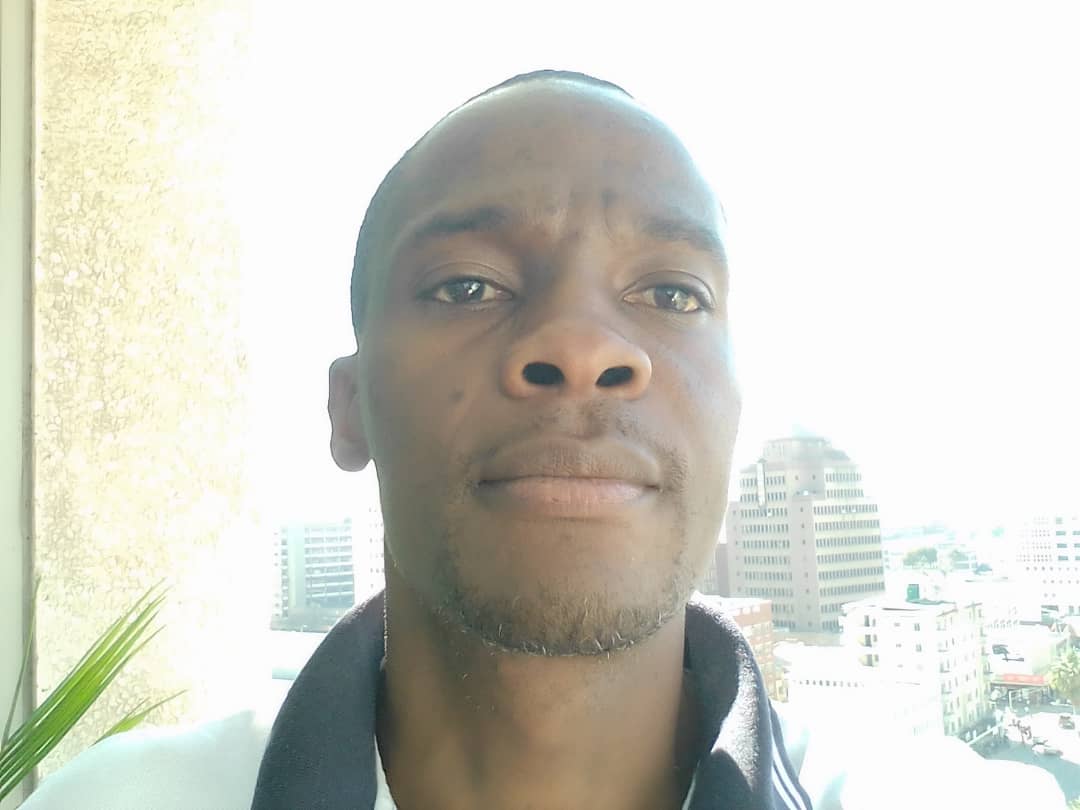
"I Am Still Alive!": The Resilient Voices of Gaza's Journalists
The Israeli occupation has escalated from targeting journalists to intimidating and killing their families. Hisham Zaqqout, Al Jazeera's correspondent in Gaza talks about his experience covering the war and the delicate balance between family obligations and professional duty.
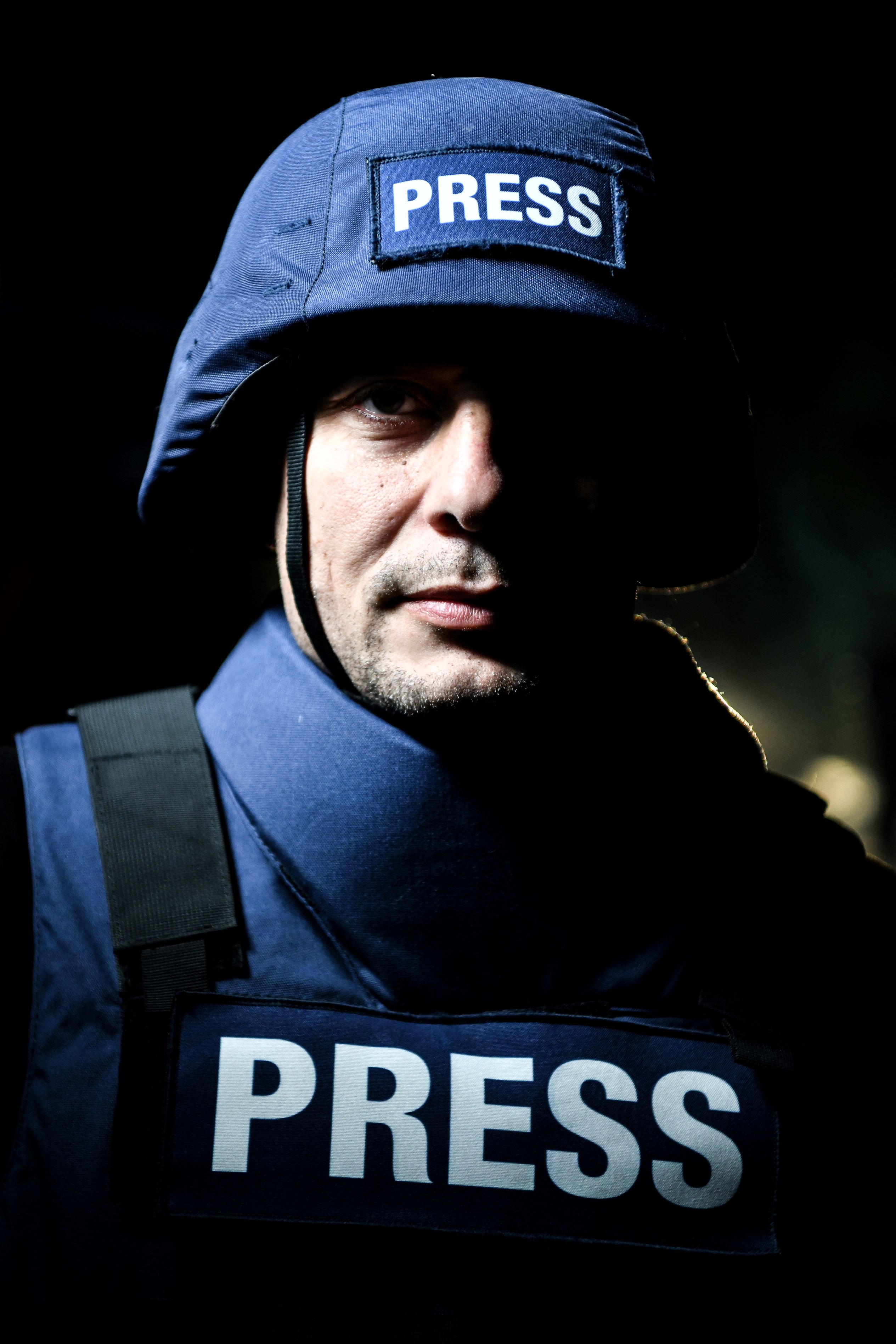
Opinion
AJR Contributor
Inside Vietnam’s Disinformation Machine and the Journalists Exposing It from Exile
Vietnam’s tightly controlled media environment relies on narrative distortion, selective omission, and propaganda to manage politically sensitive news. Exiled journalists and overseas outlets have…
Edwy Plenel
What It Means to Be an Investigative Journalist Today
A few weeks ago, Carla Bruni, wife of former French president Nicolas Sarkozy, was seen removing the Mediapart logo from view. The moment became a symbol of a major victory for investigative…
Said Oulfakir
In-Depth and Longform Journalism in the AI Era: Revival or Obsolescence?
Can artificial intelligence tools help promote and expand the reach of longform journalism, still followed by a significant audience, or will they accelerate its decline? This article examines the…
Diaries
A Sudanese Journalist in the Grip of the Rapid Support Forces
She was arrested, tortured, nearly raped, threatened with death, and subjected to degrading abuse. Her brother was brutally mistreated in an effort to locate her. In the end, her family had to pay a ransom to secure her release. She sought refuge abroad, but eventually returned to Sudan to continue documenting the war’s toll, particularly in El Fasher, a city now under siege. This is the harrowing account of a Sudanese journalist detained and tortured by the Rapid Support Forces.

Anas Al Sharif; Killed by Israel, but His Final Words Will Echo far Beyond His Death
For over a year and a half, Anas Jamal al-Sharif refused to leave northern Gaza, documenting the destruction and loss that others tried to hide. Tonight, Israel silenced his voice, but his final words, written on April 6, will echo far beyond his death.

Charged with Being a Journalist in Sudan
Between the barricades of the conflicting parties, sometimes displaced, and sometimes hiding from bullets, journalist Iman Kamal El-Din lived the experience of armed conflict in Sudan and conveyed to Al-Sahafa magazine the concerns and challenges of field coverage in a time of deception and targeting of journalists.
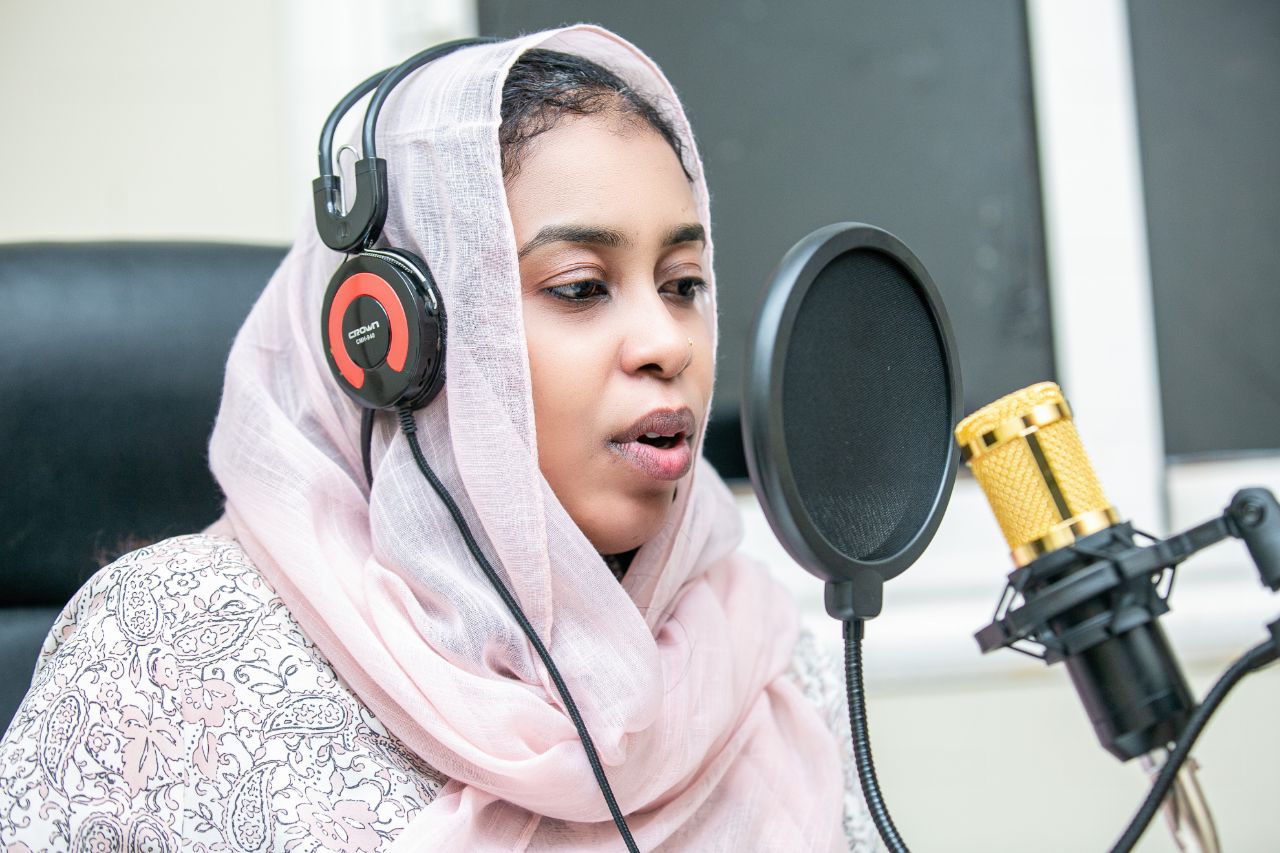
Reports
Freelancers in Kashmir Fear Losing Access as Verification Tightens
Kashmir’s new “verification drive” claims to root out impostors, yet its heavy bureaucratic demands mainly sideline the independent freelancers who still dare to report in a shrinking media landscape. But here’s the unsettling question that hangs over the Valley like fog at dawn: who really benefits when the storytellers without institutional shields are pushed out of the frame?
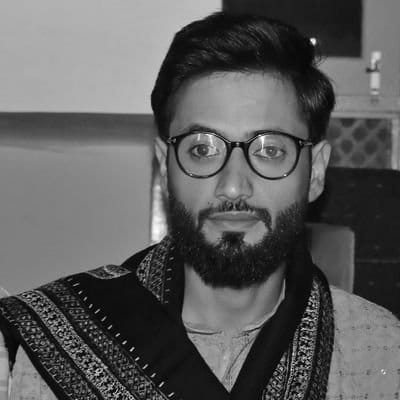
Journalists in Maldives Enter New Phase of Government-Controlled Media Repression
As journalists weigh the costs of their work against threats to their lives and families, the fight for press freedom in the Maldives enters a dangerous new chapter, one where the stakes have never been higher.

Reporting Under Fire: The Struggle of African Journalists Facing Intimidation
African journalists who expose corruption and power now face a brutal mix of arrests, torture, digital surveillance, and lawsuits meant to drain their resources and silence them. From Ethiopia, Nigeria, Malawi, Benin, Sudan, Uganda, and Kenya to exile in Canada, reporting the truth has become an act of personal survival as much as public service.

Shipwrecked Narratives: How to Keep Migration Stories Afloat
Migration stories don’t become real until you meet people in the journey: the carpenter carrying photos of his fantasy coffins, or the Libyan city worker burying the forgotten dead, or the Tatar woman watching her livelihood collapse at a militarised border. Following these surprising human threads is the only way journalism can cut through collective exhaustion and make readers confront a crisis they’ve been trained to ignore.
In-Depth and Longform Journalism in the AI Era: Revival or Obsolescence?
Can artificial intelligence tools help promote and expand the reach of longform journalism, still followed by a significant audience, or will they accelerate its decline? This article examines the leading AI tools reshaping the media landscape and explores the emerging opportunities they present for longform journalism, particularly in areas such as search and content discovery.

Zapatismo and Citizen Journalism in Chiapas, Mexico
In Chiapas, independent journalists risk their lives to document resistance, preserve Indigenous memory, and challenge state and cartel violence. From Zapatista films to grassroots radio, media becomes a weapon for dignity, truth, and survival.

